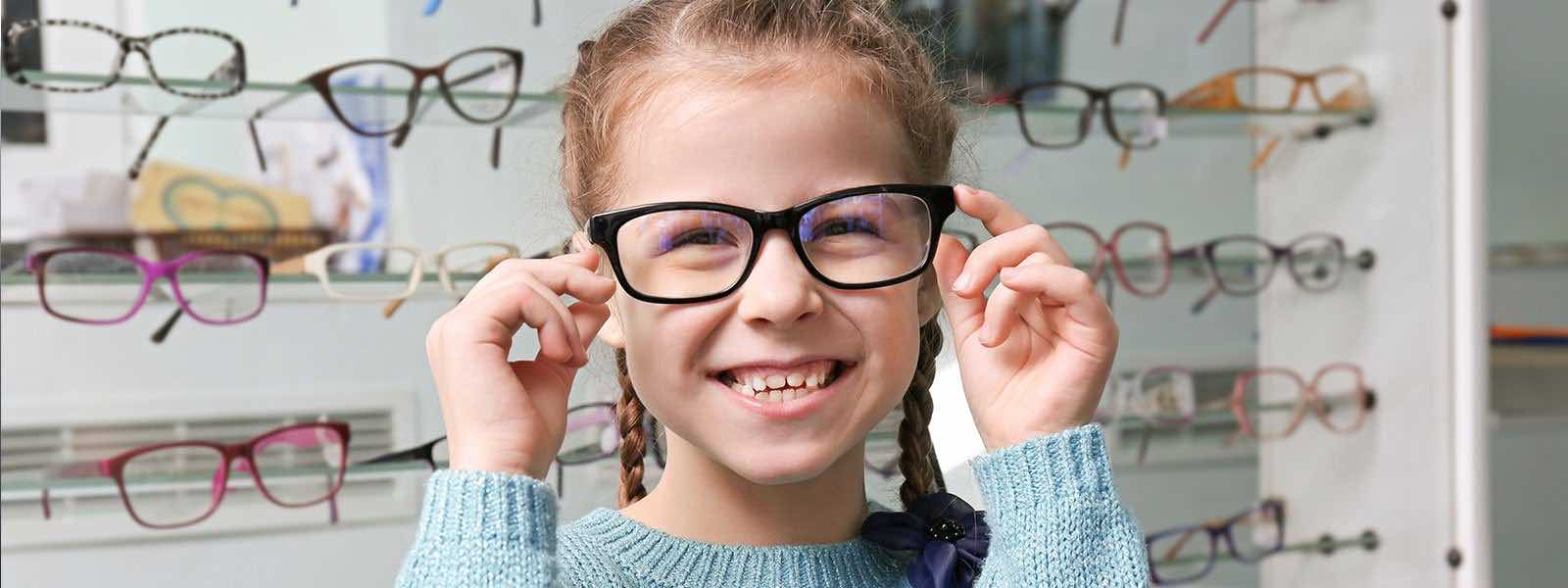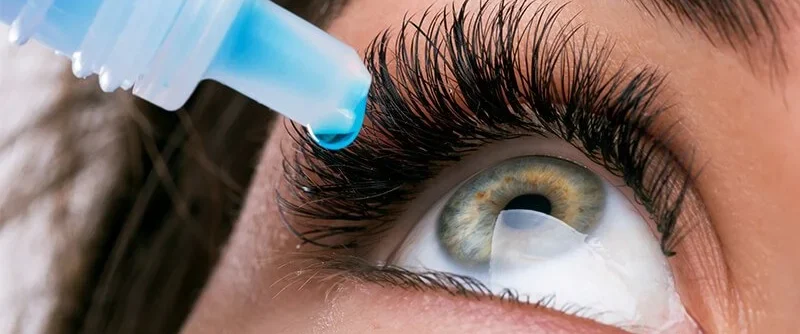How Often Should My Child Have Eye Exams?

Ensuring your child’s eye health is vital for their overall well-being and development. Healthy vision significantly influences a child’s ability to learn, socialize, and explore their surroundings. Regular eye exams for kids are important. They help find early signs of vision problems. These issues can affect your child’s learning and growth.
But how often should kids have their eyes checked? Here’s what you need to know about scheduling eye exams for children of different ages and stages.
Why Are Regular Pediatric Eye Exams Important?
Children’s eyes undergo significant development during their early years. If vision problems go undetected, they can impede a child’s physical, emotional, and academic growth. Common issues like nearsightedness, farsightedness, astigmatism, and eye alignment problems can occur in children. These conditions can be managed well if they are found early.
Early Detection Benefits:
- Enhanced Learning: Up to 80% of what children learn is processed through their eyes. Undiagnosed vision issues can lead to difficulties in reading, focusing, and comprehending lessons in school.
- Improved Social Development: Clear vision helps children confidently interact with their peers and navigate their environment.
- Preventing Future Complications: Early detection can help avoid long-term vision issues, including lazy eye (amblyopia) and crossed eyes (strabismus), which are more difficult to treat as children age.
Recommended Eye Exam Schedule for Children
The American Optometric Association, along with other vision experts, recommends the following schedule for pediatric eye examinations:
First Eye Exam: 6 to 12 Months
The initial eye exam should take place during infancy, typically between 6 to 12 months of age. At this stage, an eye doctor can find early signs of vision problems. These may include poor eye alignment or farsightedness. This can happen even before your child starts to talk.
Preschool Eye Exam: Age 3 to 5
A second eye exam should be done between ages 3 and 5. This should happen before a child starts kindergarten. At this stage, eye exams are essential for detecting common vision problems such as lazy eye and astigmatism. If left unaddressed, these conditions can impede reading, learning, and social interactions.
School-Aged Eye Exam: Age 6 and Up
Once children enter school, it is important for them to have annual eye exams, as vision problems can arise during their growth. Regular check-ups are very important, especially if your child shows signs like squinting or rubbing their eyes. Other signs include trouble reading or complaining of headaches. Annual exams facilitate early intervention, ensuring that any changes in vision do not hinder academic progress.
Signs Your Child Might Need an Eye Exam Sooner
Besides scheduled exams, it’s important to look for signs of vision problems between appointments. If you notice any of the following, schedule an eye exam with your pediatric eye doctor:
- Frequent Squinting: Squinting may indicate that your child is having difficulty seeing clearly, particularly when reading or watching television.
- Head Tilting or Covering One Eye: Children sometimes tilt their heads or cover one eye to see better, which can indicate eye alignment problems.
- Head Tilting or Covering One Eye: Children sometimes tilt their heads or cover one eye to see better, which can indicate eye alignment problems
- Excessive Eye Rubbing: Rubbing eyes frequently, even when not tired, can signal vision strain or fatigue.
- Avoiding Close-Up Activities: If your child avoids reading, drawing, or puzzles, they might have trouble seeing things up close.
- Frequent Headaches or Eye Pain: Unexplained headaches and eye pain could be signs of uncorrected vision issues.
What to Expect During a Pediatric Eye Exam
Pediatric eye exams are customized to suit a child’s age, needs, and developmental stage. Here’s what you can typically expect during these examinations:
- Visual Acuity Testing: This test checks how well your child can see at different distances. It helps find nearsightedness or farsightedness.
- Eye Movement and Alignment Testing: These tests check if your child’s eyes are working together and aligned correctly.
- Focus and Depth Perception: These assessments gauge how well your child’s eyes can focus and perceive depth.
- Complete Eye Health Check: The doctor looks at your child’s eyes and checks for health problems. This includes signs of amblyopia (lazy eye) or vision issues.
Frequently Asked Questions about Pediatric Eye Exams
Is a School Vision Screening Enough? School vision screenings can be helpful, but they should not take the place of a full eye exam by a professional. These screenings usually check distance vision. They may miss important problems like lazy eye, depth perception issues, or near vision troubles. These problems can greatly impact a child’s learning experience.
How Can I Help My Child Prepare for Their Eye Exam? For younger children, talk to them about what to expect and ensure they know the exam won’t hurt. You can also read books about eye exams to help familiarize them with the experience.
Does My Child Need Glasses? If a comprehensive exam indicates that your child has a refractive error, such as nearsightedness, farsightedness, or astigmatism, the doctor may suggest glasses to improve their vision. Early intervention can boost children’s confidence and encourage their participation in school and other activities.
Give Your Child a Clear Start
Regular pediatric eye exams are essential for supporting your child’s vision health and overall development. At SightMD, our pediatric eye care specialists are committed to providing a comfortable and comprehensive experience for your child. Schedule an appointment with us today to ensure your child’s vision is prepared for every stage of their growth and learning.


